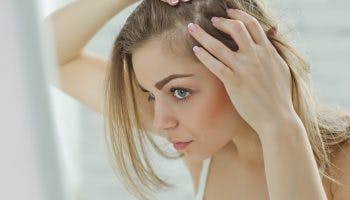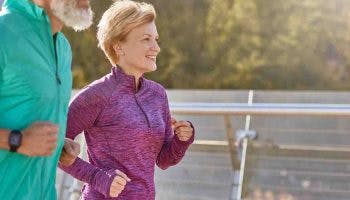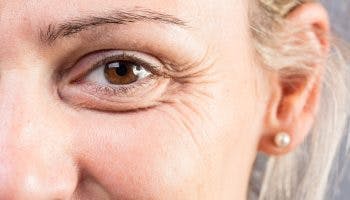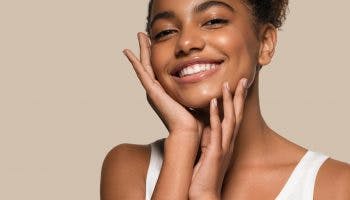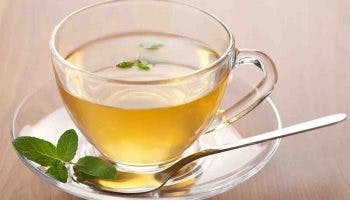Varicose Veins: Natural Treatments and Remedies That Work
Published | 6 min read
It's easy to ignore varicose veins as another cosmetic issue. But in some cases, varicose veins can be painful and signal other serious health conditions.
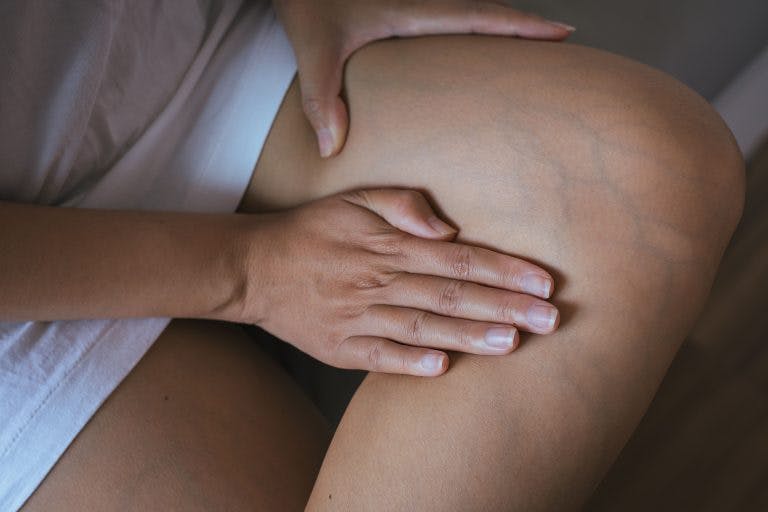
Varicose veins are swollen, enlarged, and lumpy veins that usually occur on the legs and feet due to weak or damaged vein valves.
The condition can affect anyone, but it usually shows up in women and the elderly. It’s especially common during pregnancy and after a woman has a baby.
In this article, we’ll discuss what causes varicose veins and ways to treat them both at home and with the help of your doctor.
What Causes Varicose Veins?
Varicose veins can be concerning because they may increase the risk of other, more severe health issues, such as cardiovascular-related implications.
They may also be indicative of blood clots that could potentially turn into a stroke.
Because of this, it’s important to watch out for early signs so you can work to prevent them from occurring.
The primary function of our veins is to carry blood back to the heart. The veins on our legs, in particular, will need to fight gravity to channel blood to the heart effectively.
To this end, numerous vein valves exist to prevent a back-flow of blood when the leg muscles contract.
However, a few of these valves may not close properly, causing blood to flow backwards and create visibly enlarged and twisted veins.
Here are some other conditions that may contribute to varicose veins:
- Being overweight or diabetic
- Poor blood circulation
- High blood pressure
- Lack of movement or exercise
- An unhealthy diet
- Smoking
- Any condition that puts extra pressure on the veins in the legs or feet
Developing Varicose Veins: Risk Factors
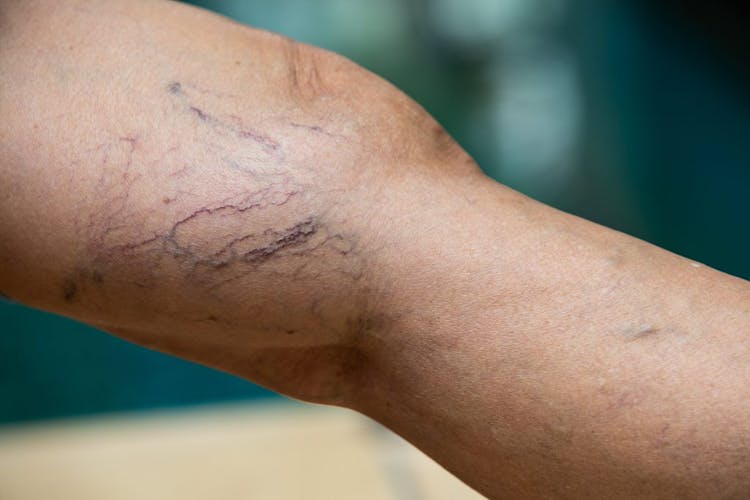
This condition is especially prevalent in women. For instance, hormonal changes can relax a woman’s veins, causing damages to the valves.
Pregnant women, meanwhile, are at risk of developing varicose veins when their uterus presses against the veins. This causes the veins in the leg to expand and consequently leads to damaged valves.
People who are overweight or obese, stand for prolonged periods of time, or have a family history of weak veins are also at risk of developing varicose veins. This condition also afflicts the elderly due to a weakening of valves as they age.
Is It Dangerous To Ignore Varicose Veins?
Typically, varicose veins can cause a person to experience night cramps, skin darkening, and severe leg swelling and aches.
In addition, varicose veins that have developed over a long time can cause blood products to seep into the skin and trigger skin irritation.
Subsequently, this can lead to varicose eczema, which presents symptoms like itchiness, redness, and scaling of the skin.
Dilated, swollen leg veins can quicken the blood clotting process. If a blood clot dislodges from the vein, it can travel to the lungs, resulting in pulmonary embolism, a potentially fatal condition.
Not to mention, ignoring the condition can affect your quality of life as well as your mental health, especially if you find yourself not going out or covering up your skin in an attempt to hide problem areas.
Identifying The 6 Stages Of Varicose Veins Disease Progression
Also known as chronic venous insufficiency (CVI), vein disease results in tiny single-way valves that control blood flow through veins. Different symptoms may appear in the six stages below:
Stage 1: Spider veins
During this stage, small, reddish-purple veins will start to appear on the face, neck, ankles, legs, and other areas of the body.
Stage 2: Rope-like varicose veins
At this stage, people may start to realize that they have vein disease. Simultaneously, the swollen veins that indicate the progress of this disease may come with a numb, itchy, or burning sensation along the veins. It can also happen in weak or tired legs.
Stage 3: Edema that doesn’t cause skin changes
Swollen ankles and legs occur in the third stage. This is because vein disease has disrupted the circulatory system’s ability to reabsorb fluid.
Stage 4: Skin changes and discoloration
Progression of the disease will also lead to changes in skin color and texture. The skin on your legs can become white or reddish-brown or have a leathery texture that’s brittle and prone to injury.
Stage 5: Skin changes with healed ulceration
Scratches or injuries to the toughened skin may heal with treatment but also cause scarring.
Stage 6: Skin changes with active ulceration
The last stage of vein disease involves the occurrence of leg ulcers or skin injuries that don’t heal with treatment. This can cause bleeding, open sores on the leg.
Varicose Veins Treatment Options
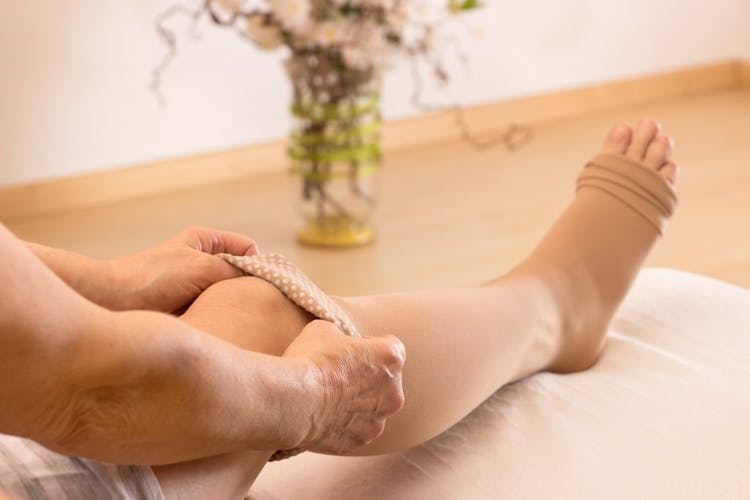
Exercise (low impact activities), leg elevation, low salt diet, weight control, and compression stockings might help delay the progression of the condition. It’s also advisable for people to avoid standing for too long or wearing high heels.
A healthcare provider will first diagnose a person’s condition by looking at their medical history.
They would also run some tests to rule out other causes of oedema (including heart failure, liver disease, thyroid disease and kidney disease).
Once they identify the location of the dilated, swollen blood vessels on the legs, they would use a Doppler ultrasound to learn about the condition’s severity.
1. Endothermal ablation
Endo Venous Laser Ablation (EVLA) and Radiofrequency Ablation procedures close off the faulty vein that feeds varicosities without stripping or wounding.
To perform this technique, health practitioners will push a catheter up the vein from the ankle or knee.
Then, they will carefully place it in between the long saphenous vein (LSV) in the thigh or the short saphenous vein (SSV) behind the knee and calf.
Activation of the catheter will send an electrical current or laser energy through the vein wall.
In doing so, the proteins in the vein wall will reshape and compress. Ultimately, this prevents blood from flowing through, thus effectively removing it from circulation.
2. Sclerotherapy
This treatment method involves the injection of chemical agents into the veins, producing an inflammation that, in time, obliterates varicose veins.
A mixture of air and chemicals to create foam will achieve better results, where modern ultrasound directs the foam into the right veins.
3. Surgery
Ligation and stripping are surgical procedures to remove a damaged vein or prevent complications of vein damage.
Ligation involves the making of one or more incisions over damaged veins, cutting them off.
On the other hand, stripping removes several vein valves, diseased veins, or heavily damaged veins.
4. Herbal Remedies
Studies showed that a Traditional Chinese Medicine (TCM) decoction called Buyang Huanwu could effectively treat varicose veins of the lower extremities via blood activation and qi (vital life energy) replenishment.
From the perspective of Western medicine, Buyang Huanwu has the potential to treat varicose veins by inducing angiogenesis, inhibiting cell death, and protecting nerves. It can also significantly reduce inflammation, demonstrate anti-atherosclerosis properties, and increase the levels of element-binding protein and vascular endothelial growth factors.
To encourage blood flow, try massaging a muscle relief oil into problem areas for better circulation or taking a cracked spores powder supplement. Additionally, using a supplement with collagen may also help promote skin elasticity, such as Bird’s nest.
5. Acupuncture
The application of acupuncture needles can invigorate the blood and free stasis.
However, patients may need several sessions to achieve optimal blood flow through tightened veins.
One study found that the stimulation of acupoints like GB34 (Yanglingquan) and ST44 (Neiting) alongside the practice of Buerger’s exercise can effectively manage varicose veins.
Varicose veins can impair a person’s overall quality of life. This is why taking proper steps to improve blood flow in the legs is essential.
In the same vein, you should consult with a healthcare provider and TCM practitioner before opting to treat the condition with herbal formulations or acupuncture.
References
- Comprehensive Integrated Care. 2019. Sun City Vein Doctors Explain the Stages of Vein Disease, and Why You Want To Seek Early Treatment. [Accessed on 28 January 2022]
- University of Michigan Health. 2020. Vein Ligation and Stripping. [Accessed on 28 January 2022]
- BMJ Open. 2020. Severe varicose veins and the risk of mortality: a nationwide population-based cohort study. [Accessed on 28 January 2022]
Share this article on

